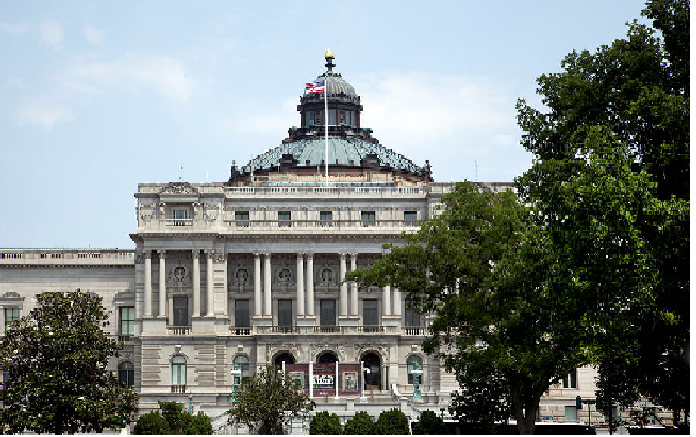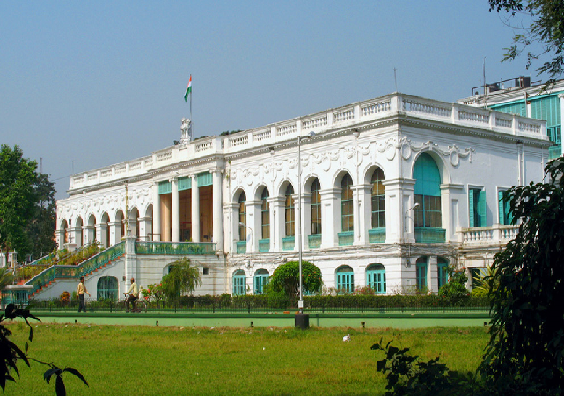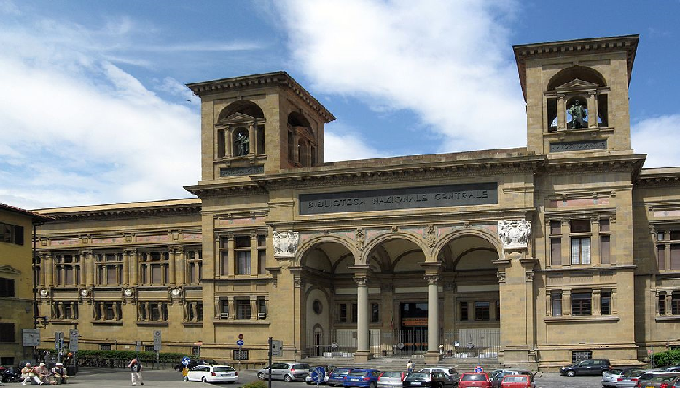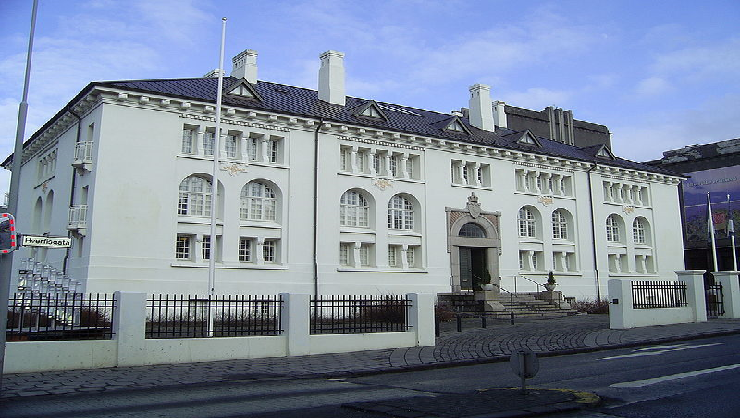Heaven should be like a library
May 15, 2015
Peking University, May 16, 2015: Peking University Library is one of the leading research libraries in China, combining a long and distinguished history with a vibrant mission of service to the University and the nation. Here you will find scholarly materials to support every learning endeavor. The library has now become one of the most significant symbols of Peking University, therefore attracting thousands of visitors every year.
Jorge Luis Borges once says: “I had been imagining secretly that the heaven should be like a library.” For many people, library is not just a grand building from the outside, but also a paradise that stores human intelligence and a magical place by which many great masters are cultivated and inspired. Here let’s take a look at some national libraries in the world to get an insight of different styles of libraries.
Britain
The British Library is the national library of the United Kingdom and the largest library in the world by number of items catalogued. The library is a major research library, holding around 170 million items from many countries, in many languages and formats, both print and digital: books, manuscripts, journals, newspapers, magazines, sound and music recordings, videos, play-scripts, patents, databases, maps, stamps, prints, drawings. The Library's collections include around 14 million books, along with substantial holdings of manuscripts and historical items dating back as far as 2000 BC.
America
The Library of Congress is the research library that officially serves the United States Congress, but which is the de facto national library of the United States. It is the oldest federal cultural institution in the United States. The Library is housed in three buildings on Capitol Hill in Washington, D.C., and also maintains the Packard Campus in Culpeper, Virginia, which houses the National Audio-Visual Conservation Center.
Netherlands
The National Library of the Netherlands is based in The Hague and was founded in 1798. The mission of the National Library of the Netherlands, as presented on the library's website, is to provide “access to the knowledge and culture of the past and the present by providing high-quality services for research, study, and cultural experience”.
Qatar
Qatar National Library (QNL) is a non-profit organization under the umbrella of the Qatar Foundation for Education, Science and Community Development. The plans for the new national library were announced by Moza bint Nasser, chairperson of Qatar Foundation, on November 19, 2012, during a ceremony celebrating the 50th anniversary of the Dar Al Kutub library, in Doha, Qatar, the first public library in the Gulf region (founded on December 29, 1962), which had until then been regarded as the Qatari national library.
India
The National Library of India is the largest library in India by volume and India’s library of public record. It is under the Department of Culture, Ministry of Tourism & Culture, and Government of India. The library is designated to collect, disseminate and preserve printed material produced in India. The library is situated on the scenic 30-acre (12 ha) Belvedere Estate. It is the largest in India with a collection in excess of 2.2 million books. Before independence, it was the official residence of Lt. Governor of Bengal.
Italy
The library was founded in 1714 when scholar Antonio Magliabechi bequeathed his entire collection of books, encompassing approximately 30,000 volumes, to the city of Florence. By 1743, it was required that a copy of every work published in Tuscany be submitted to the library. Originally known as the Magliabechiana, the library was opened to the public in 1747. Its holdings were combined with those of the Biblioteca Palatina in 1861, and by 1885, the library had been renamed as the National Central Library of Florence, or the BNCF. Since 1870, the library has collected copies of all Italian publications.
Australia
The Library collects material produced by Australians, for Australians or about the Australian experience in all formats—not just printed works—books, serials, newspapers, maps, posters, music and printed ephemera—but also online publications and unpublished material such as manuscripts, pictures and oral histories. The Library has particular collection strengths in the performing arts, including dance.
Iceland
The first national library of Iceland was established at the instigation of Danish antiquarian Carl Christian Rafn and the Icelandic Literary Society in 1818, and the first books of the library were gifts from Icelanders and Danes. From 1825 the library was housed in the loft of the newly renovated Reykjavík Cathedral and in 1848 the first national librarian, folklorist Jón Árnason, was hired to manage it. In 1847 the manuscript collection was started with the purchase of a large collection of manuscripts from the estate of bishop Steingrímur Jónsson. On the occasion of the 1000th anniversary of the settlement of Iceland in 1874 the library received many gifts and in 1883 Jón Árnason estimated the total number of volumes in the library at 20,000.
A national or state library serves as a national repository of information, and has the right of legal deposit, which is a legal requirement that publishers in the country need to deposit a copy of each publication with the library.
Library is a good place for contemplation and meditation, where you can encounter many unexpected and splendid works and thoughts. When hanging around the temple of knowledge, your mind would be refreshed and liberated, feeling that you are truly walk in to a paradise on earth.
Reported by: Ouyang Yixuan
Edited by: Choisum Kwok








